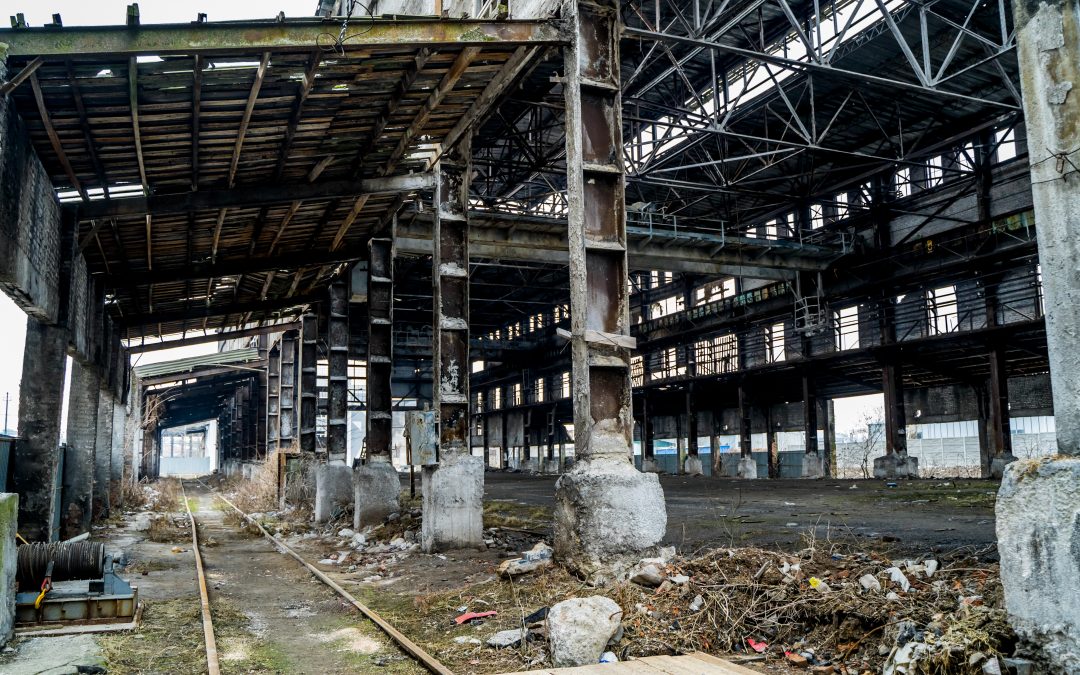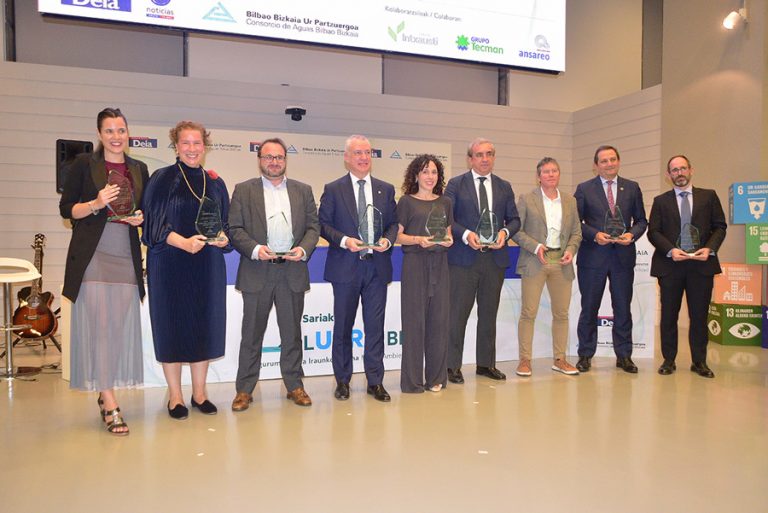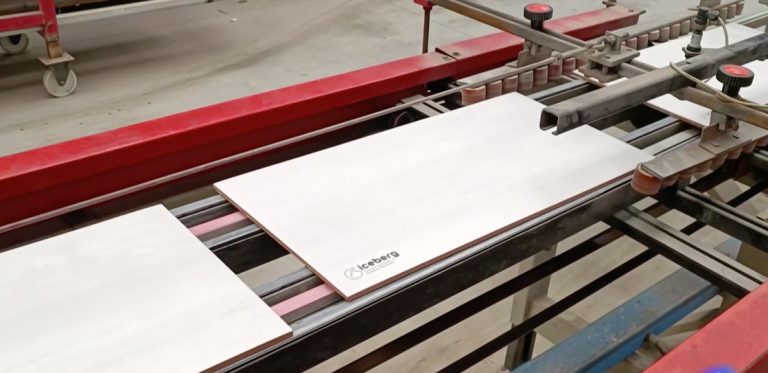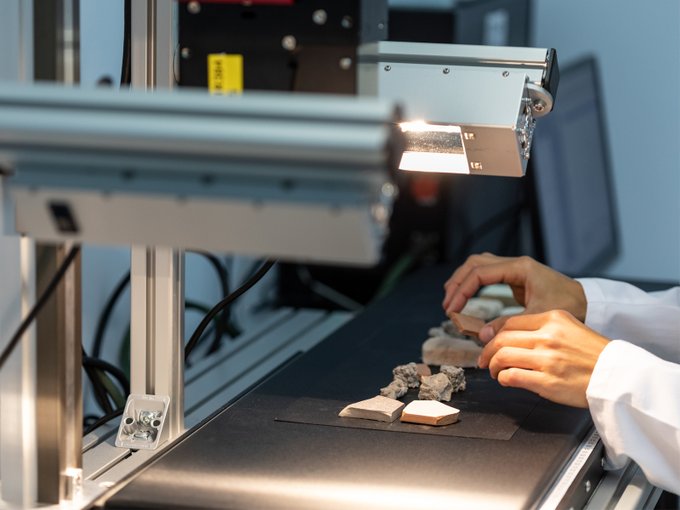ICEBERG Project partners to give a research paper on the reuse of constructional Steel at IALCCE 2023.
Ludovic Fülöp, Petr Hradil and Margareta Wahlström, researchers from the VTT Technical Research Centre of Finland and an ICEBERG partner – will give a conference paper on the reuse of constructional steel at the Eighth International Symposium on Life-Cycle Civil Engineering (IALCCE 2023) to be held in Milan (Italy) from 11 and 15 June. The study is entitled “The New Construction Products Regulation: Opportunity for or Barrier to Reused Constructional Steel?”. The study is based on analysing the regulatory framework within the ICEBERG project.
Constructional steel components are the most suitable building elements for reuse. In most cases, they are already designed with reversible bolted connections and their deconstruction can be seen as reversed assembly process with some minor modifications. Elements recovered from aged structures, demolition or post disaster are significantly more challenging to reuse than relatively new components maintained in a good condition, but individual examples of reuse of element from such buildings exist.
Unfortunately, the existing 2011 Construction Product Regulation does not provide any guidance on how to declare the performance of reused building products in order to place them on European Union (EU) market, even when recovered from carefully deconstructed structures. This issue has been addressed in the proposal for a new Construction Product Regulation in 2022.
This paper discusses the implication of Article 12 of the proposed regulation on constructional steel reuse. The regulation extends its scope to products either previously placed on the EU market or installed in the EU, but at the same time provides guidance on how to treat used, remanufactured or surplus products and a possibility to derogate from the full Declaration of Performance rules for products that have been previously assessed.
The requirements include stable material properties, safety, durability and exclusion of overloaded components assessed by a de-installer or predeconstruction auditor. This study provides an example of such a process applied to the components recovered from a single storey industrial hall that are offered for reuse in another building project.





